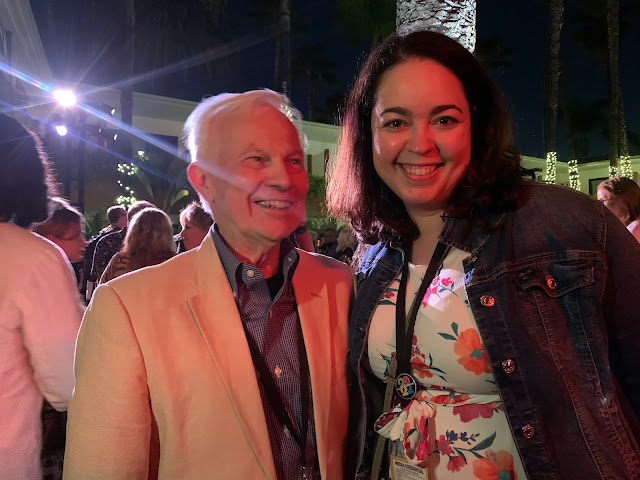What would you do for a million dollars? For Patricia O'Day (Marion Davies), she would go as far as live her life as a boy so that her family could inherit what was rightfully theirs. When Patricia's rich American uncle passes away, she and her father John (J.M. Kerrigan) are visited in Ireland by the uncle's proprietor. The uncle's will stipulates that the sole heir of the $1 million fortune is Patrick O'Day (Stephen Carr), Patricia's brother. Patrick has two months to travel to New York to claim the inheritance or lose it forever. However, Patrick is gravely ill and won't survive the treacherous journey over the Atlantic.
Upon arrival, Patricia plays the part of her brother by donning a page boy haircut and boys clothes. She meets Larry Delavan (Harrison Ford, the other one!) whom everyone, including Larry himself, thought would inherit his step-father's fortune. The story follows Patricia as she plays the part of Patrick, enters high society, invests in steamboat technology, gets caught up in the world of sports gambling, faces an identity crisis and falls in love.
Little Old New York (1923) was a box office hit for star Marion Davies. The film was so popular that it beat box office sales for the previous record holder Robin Hood (1922). Based on the play by Rida Johnson Young, the film adaptation was produced by William Randolph Hearst's company Cosmopolitan Corporation and filmed at his studio on 127th Street and 2nd Avenue in New York City. A fire broke out at the studio while filming was still underway. The negatives for the film, which at that point was two-thirds complete, were miraculously salvaged. However, costumes and sets had to be recreated.
A big marketing push for the film included a press conference with Davies, an invitation for the public to be extras in one of the scenes and having theater usherettes dress like characters in the movie (not sure if they were made to mimic Marion Davies' boy look or the other female characters wearing 19th century garb). The film premiered at Hearst's Majestic theatre in Columbus Circle and a couple months later premiered in London. Little Old New York was remade in 1940 with Alice Faye in the lead role.
Marion Davies is absolutely charming as the lead character. She uses her feminine wiles and masculine energy to adeptly play this binary role. I'm really drawn to stories about gender representation especially when they spotlight stereotypes in a way that criticizes them (whether intentional or not). I would recommend this film to fans of silents, Marion Davies and period pieces.
At 1 hour and 47 minutes, Little Old New York feels a bit too long. A natural resolution to the story could have happened much earlier in the film. Overall, the movie watched more like chapters in story of Patricia/Patrick O'Day's adventures rather than one cohesive feature film.
Little Old New York (1923) is available on DVD from Undercrank Productions, in association with Edward Lorusso, and features a lively original score by accompanist Ben Model. According to Undercrank's website, the film is presented from a 2k digital scan made from the Library of Congress's 35mm nitrate print. The DVD is a result of a Kickstarter campaign and also includes an excerpt from Hold Fast (1916).
Shop Little Old New York (1923) DVD at the following retailers.
Amazon — Barnes and Noble — Deep Discount — Movies Unlimited
Thank you to Undercrank Productions for sending me a copy for review!

























